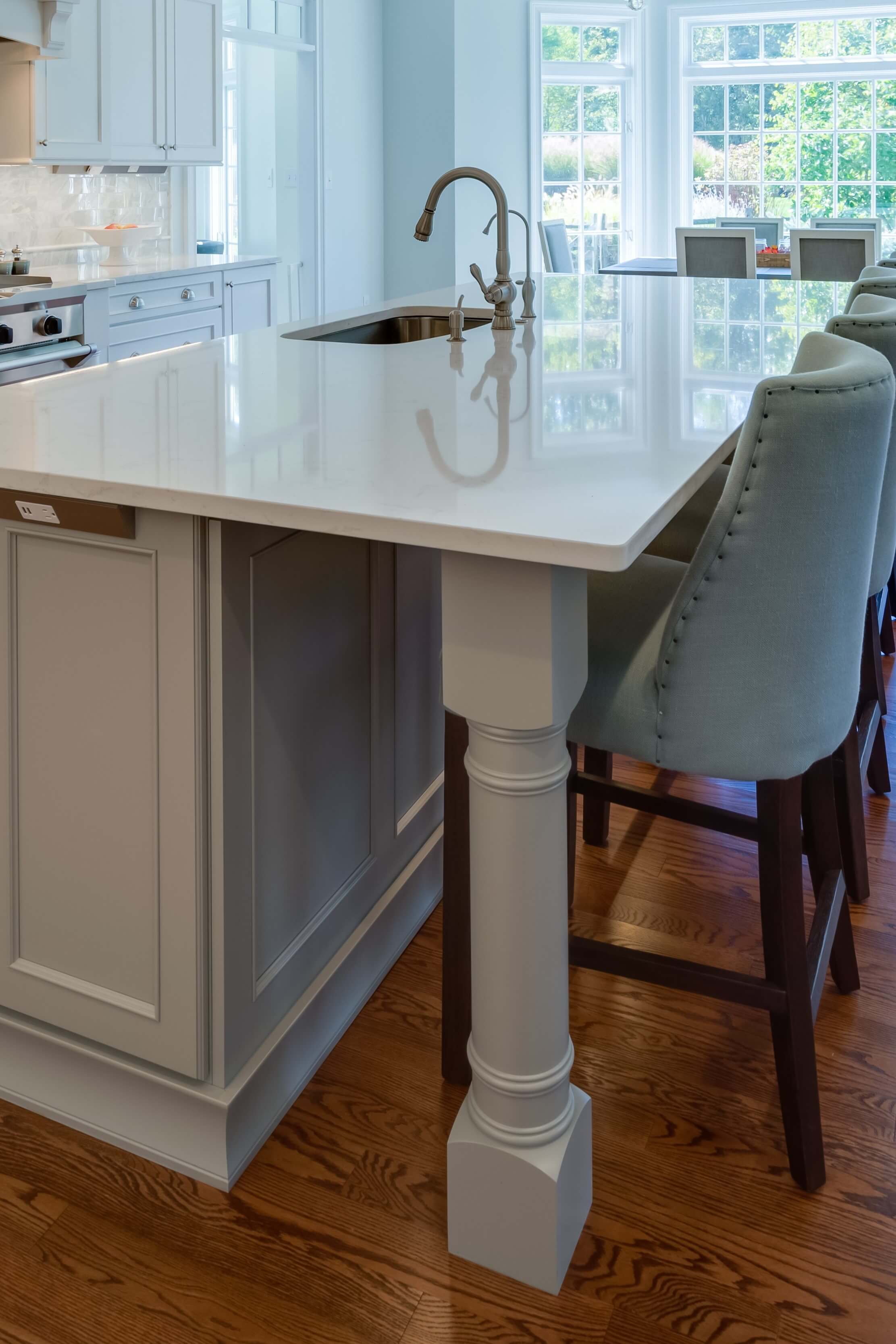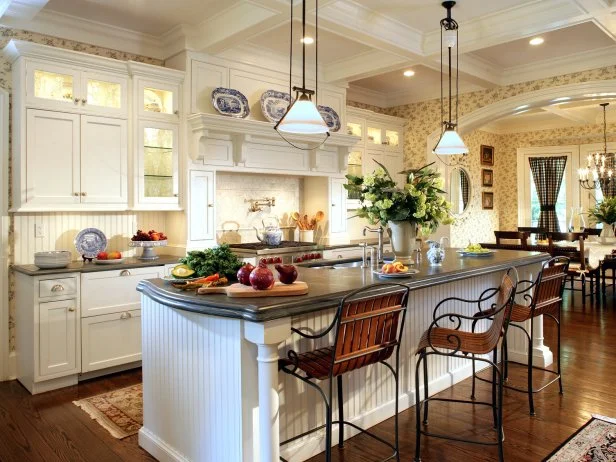Important Factors to Consider When Picking Legs For Cooking Area Island
Selecting the proper legs for a kitchen area island includes a cautious analysis of numerous factors that can dramatically influence both performance and aesthetic allure. As we check out these elements, it comes to be clear that each choice can have far-reaching effects for the total cooking area experience.
Product Options
When choosing legs for a kitchen island, recognizing the different product alternatives is vital for attaining both aesthetic charm and structural stability (Legs For Kitchen Island). The option of product considerably influences not only the longevity of the island however additionally its overall style and performance
Metal legs, typically made from stainless steel or wrought iron, contribute a contemporary and industrial feeling while making certain durability and security. These products are immune to use and can support substantial weight, making them perfect for larger islands.
Another alternative is crafted products, like MDF or plywood, which can be much more affordable while still providing a variety of finishes. Nonetheless, they might not offer the same level of security as solid wood or steel. Products such as acrylic or glass can produce a contemporary appearance, though they may require added support to guarantee security.
Ultimately, the choice of material for kitchen island legs need to align with the wanted performance and the general motif of the kitchen.
Design And Style

When thinking about design, the shape and surface of the legs are important. Conical legs can supply a feeling of agility and sophistication, while thicker, a lot more durable legs can communicate stamina and stability. Additionally, the finish-- be it painted, stained, or all-natural-- need to enhance the kitchen cabinetry and kitchen counter products to produce a unified look.
Moreover, the design of the legs can additionally mirror individual taste. Customized or decorative legs, such as those including detailed makings or distinct geometric shapes, can function as centerpieces, adding character and personality to the cooking area. Eventually, the best choice will certainly not just enhance capability yet likewise elevate the visual charm, making the kitchen island a standout attribute of the home.
Elevation Considerations
Choosing the proper height for kitchen area island legs is critical, as it directly influences both functionality and comfort. The typical height for a kitchen area island typically ranges from 36 to 42 inches, straightening with common counter top elevations.

It is also important to make up individuals' heights and choices. Personalizing the height can make certain a comfortable experience for all household participants, making the kitchen island an extra pleasurable and functional room.
Weight Support
Making certain appropriate weight support for kitchen area island legs is vital for both safety and security and functionality. The cooking area island frequently offers several objectives, including cooking, dining, and extra storage space, requiring a durable support framework. When picking legs, it is important to take into consideration the general weight ability required based on the island's planned visite site use and the materials that will certainly be put on it.
The option of product for the legs plays a significant function in their weight-bearing capacities. Solid wood, steel, and sturdy composites normally supply superior stamina contrasted to lighter products. Additionally, the style of the legs-- whether they are right, tapered, or have a pedestal kind-- can influence their capability to disperse weight properly throughout the structure.
Always consult the manufacturer's specifications regarding load restrictions to make certain that the legs can maintain the desired weight without jeopardizing security. In summary, selecting kitchen island legs with ample weight assistance is necessary for producing a risk-free and functional cooking area.
Installation and Maintenance
Correct setup and maintenance of kitchen island legs are critical for making certain durability and stability. To start, it is important to comply with the producer's guidelines throughout setup. This often entails safeguarding the legs to the space station using appropriate bolts, guaranteeing that the legs are level and lined up. Utilizing a degree tool can aid stop wobbling and boost the general visual charm of the cooking area island.
Once set up, normal maintenance is essential to preserve the stability and look of the legs - Legs For Kitchen Island. For wooden legs, routine cleaning with a moist towel and application of suitable wood gloss can prevent wetness damages and maintain this hyperlink their surface. Steel legs might require a mild cleansing solution to eliminate oil and crud, followed by a completely dry towel to prevent rust development
Additionally, examine the legs on a regular basis for indicators of wear or damages, such as splits or loose joints. Tightening screws or bolts as needed can also prolong the lifespan of the legs. By adhering to these installation and maintenance practices, property owners can guarantee that their kitchen area island stays strong and visually appealing for many years to find.
Final Thought

Visual comprehensibility is paramount in choosing the design and layout of legs for a cooking area island, as these elements significantly influence the general setting of the room. Tapered legs can provide a sense of lightness and sophistication, while thicker, a lot more durable legs can share strength and stability.Choosing the suitable height for kitchen island legs is important, as it straight affects both capability and convenience. In recap, choosing cooking area island legs with appropriate weight assistance is crucial for developing a useful and secure cooking area.
In final thought, choosing legs for a kitchen area island requires cautious consideration of various factors, including product alternatives, style, height, weight support, and he has a good point installment.